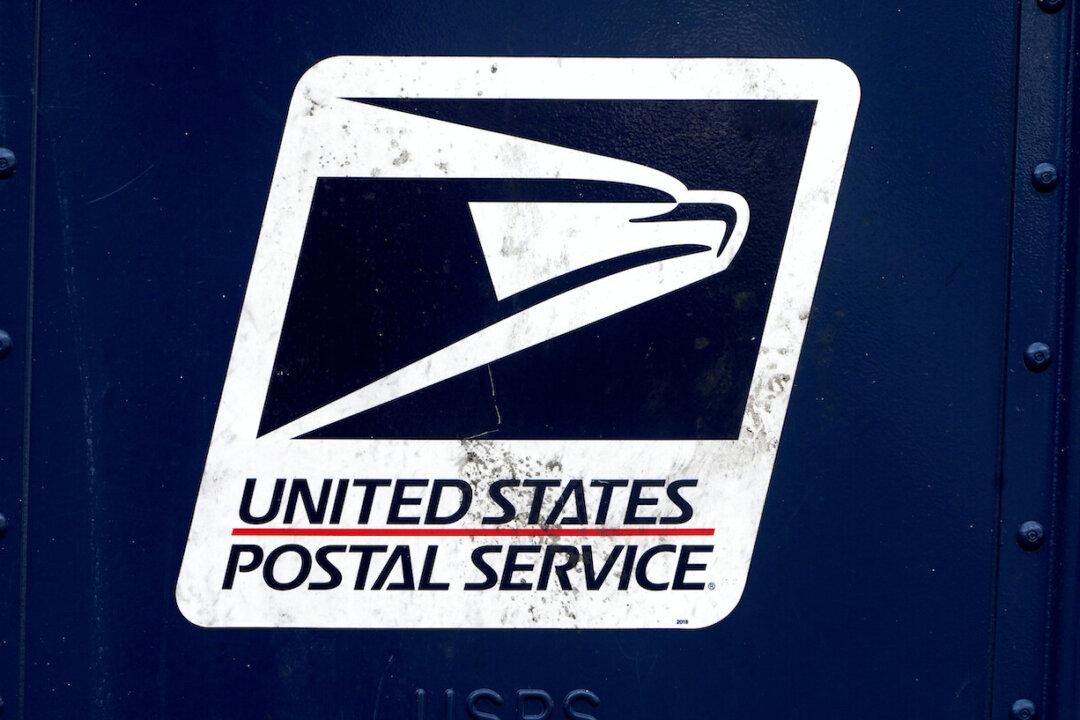The U.S. Postal Service (USPS) Board of Governors has reached a quorum for the first time since 2014. Finally, USPS can take much-needed action to stem the multibillion-dollar annual losses that threaten the very future of USPS mail delivery.
However, the board shouldn’t seek more revenue by forcing USPS to raise rates on its package delivery customers. If done, this could cripple the growing e-commerce sector and probably wouldn’t actually bring in more revenue. In other words, USPS should consider more innovative methods so it can meet the many challenges that lie ahead.





